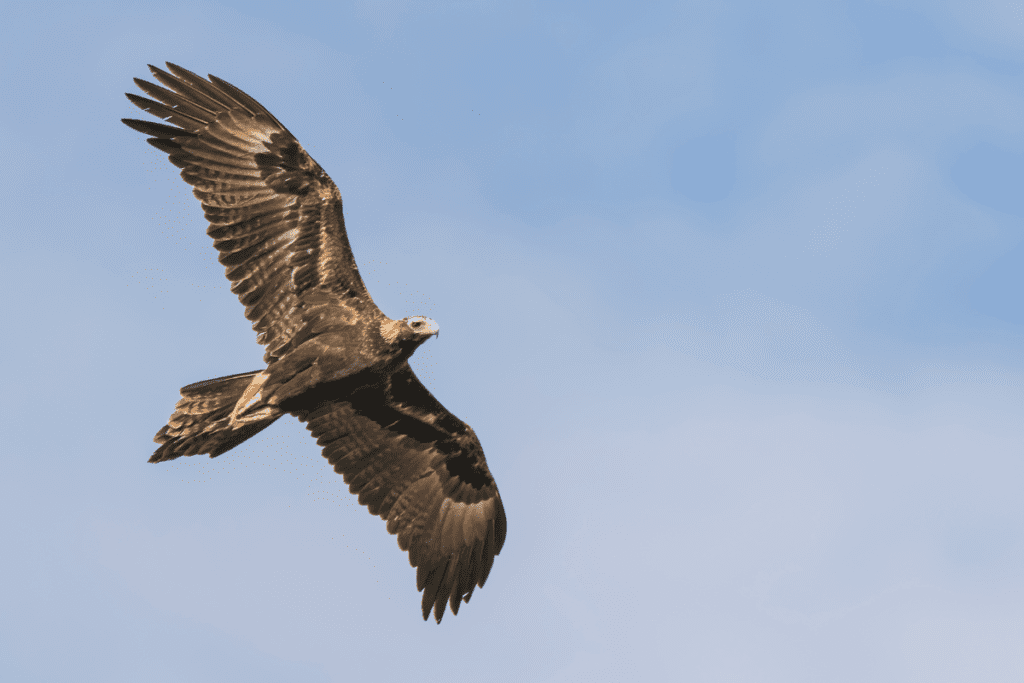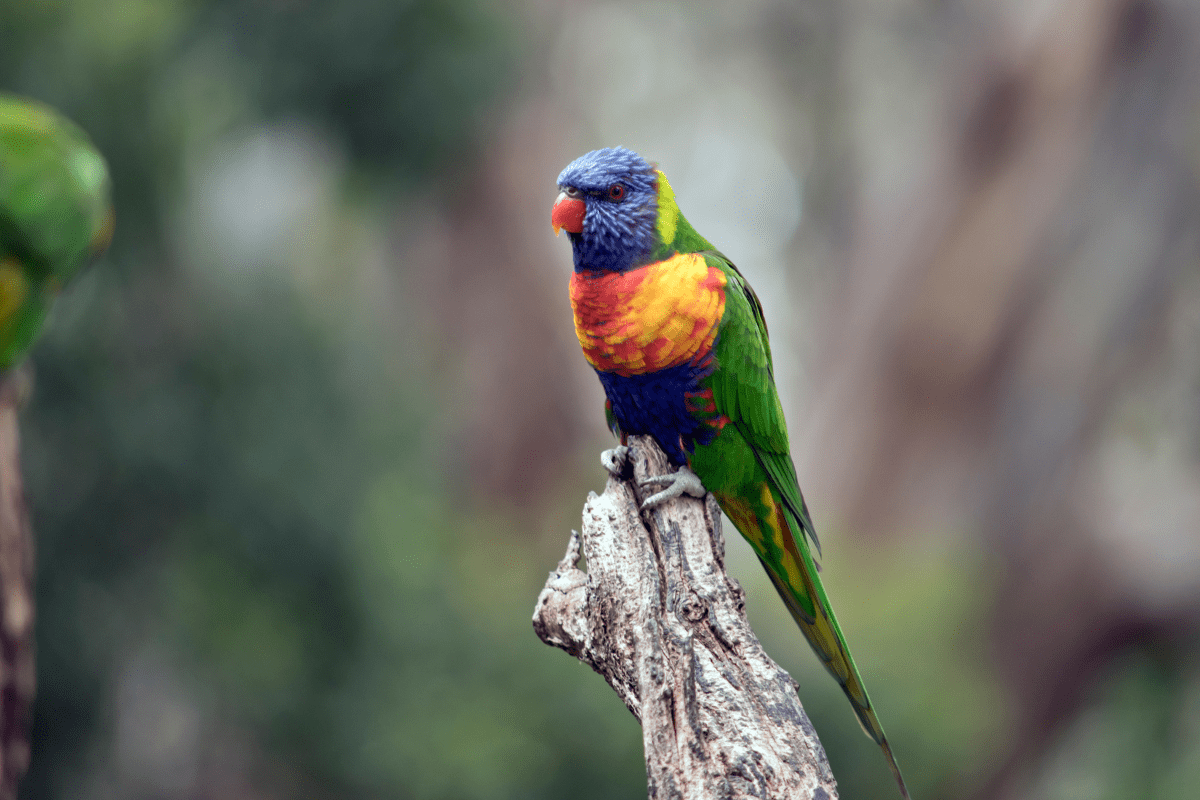This month, in my Sybil Training through the Mt Shasta Goddess Temple, we are studying ornithomancy, or bird divination, the ancient practice of reading omens from the actions of birds.
In 2013, I wrote about waking up to the amazing sounds of Australian birds. In Miami, that had been the sounds of the concrete jungle–cars zipping by, pedestrians yelling, and sirens. In the northern suburbs of Melbourne, it’s the turf wars of Noisy Miners, the carolling of Magpies, and the screeching of Rainbow Lorikeets. This month of ornithomancy is an excellent time to revisit the birds in my backyard.
What is ornithomancy?
The Hittites of Anatolia (modern-day Turkey) have given us the oldest texts on bird oracles. The Greeks, Etruscans, and Romans also practised bird divination. They had various methods, such as:
- observing the bird’s flight–where it was seen, from where it came, to where it flew away
- alectryomancy, in which the diviner observed a white rooster pecking at grain associated with the letters of the alphabet (similar to a Ouija board)
- studying the songs of birds
- sacrificing a bird and reading meanings in its organs, feathers, and bones (haruspicy is divination by inspection of entrails)
Bird divination in the ancient world could be spontaneous or formal. Ornithomancy was an essential part of classical Roman religion with its priests, called augurs. No major decisions were made in Rome without augurs (and, usually, chickens). Here’s a fun fact: the word “inauguration” stems from the Latin “augur”.
Ornithomancy was not limited to the ancient Mediterranean. Similar practices existed in ancient China, where birds were believed to be messengers of the gods, and in many indigenous cultures worldwide, where birds are still seen as powerful symbols of spiritual guidance.
The growth of a birdwatcher
I took birds for granted when I lived in South Florida. I knew only a few–those ordinary, everyday birds like the Peacock, Mockingbird, Grackle, Pelican, Flamingo, our vultures, various herons and egrets, and so forth. My interest in birds grew when I moved to Australia, and suddenly, every bird was new to me, and I wanted to know what it was.
I bought bird guides, joined BirdLife Australia, and went on a few outings. I began learning about the behaviours of some birds, their cultural significance, and their roles in healthy ecosystems.
Bird divination, reading the signs
Ornithomancy is not a part of my divination regarding knowledge-seeking or decision-making, but I pay attention to the birds that appear and when. The universe is always speaking in the form of signs, symbols, and synchronicity, and birds are a part of divine communication with the world.
In 2015, I went to Beechworth with my husband and a small group of photography enthusiasts. Beechworth is a charming historical town that boomed during the gold rush of the mid-1850s and has beautiful trails. At sunset, we went to the Beechworth Gorge to take photos, and Australian Magpies were nearby, male and female adults and juveniles. One of them, a male, walked over to me and stood about a foot away. He cocked his head this way and that, studying me, gargled a bit and then returned to his flock.
I didn’t know much about birds back then. Later, I learned that Magpies are clever, territorial, aggressive, cooperative, and playful. They are sassy and bold. I like to think that the Magpie at the Beechworth Gorge was sussing me out and decided I was ok and welcome here. The Magpie is one of my favourite Australian birds, and we’ve had a few close encounters over the years.
In 2021, my husband and I went to the Warburton Redwood Forest one Sunday. I didn’t know it came to the Birrarung (Yarra River), and so I hadn’t brought anything to offer. I sang a song for Ochún, and a Rainbow Lorikeet landed on a branch across the river; parrots are among Ochún’s sacred animals. So, I knew she had heard my song and was pleased.
The Wedge-tailed Eagle is a special bird I pay attention to. For the Kulin nation, one of the Aboriginal peoples of south central Victoria, where I live, Bunjil is the creator and ancestral being of this land and its traditional custodians. After creating the mountains, rivers, flora and fauna, Bunjil transformed into an eagle and continued to look over his people.
You can find images of Bunjil throughout Victoria, and sometimes you’ll also see the majestic bird of prey. When I see a Wedge-tailed Eagle, I am reminded of the beauty of the ancient and sacred land I live on.

Birds are essential to our planet, playing vital roles in the ecosystem and human society. Birds help to control insect populations, pollinate plants, disperse seeds, and even regulate the climate. They also serve as indicators of the health of ecosystems, as changes in their populations and behaviour can signal broader environmental issues. In addition, birds have played important roles in human culture and art, inspiring literature, music, and mythology. We admire them for their beauty and intelligence. Birds are not only valuable members of our natural world, but they are also a source of inspiration, wonder, and divine knowledge.

